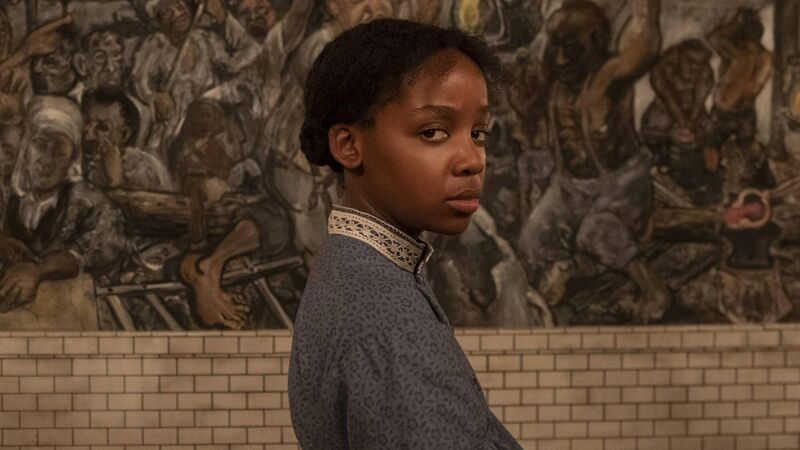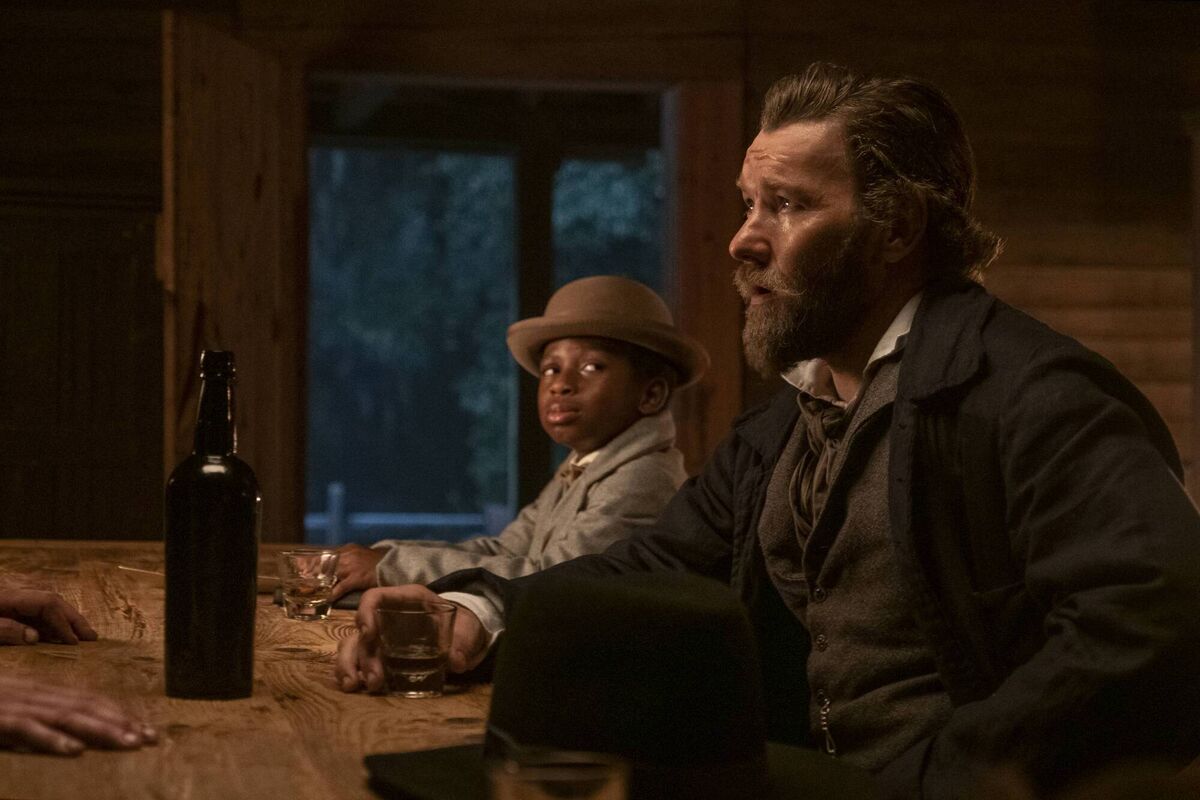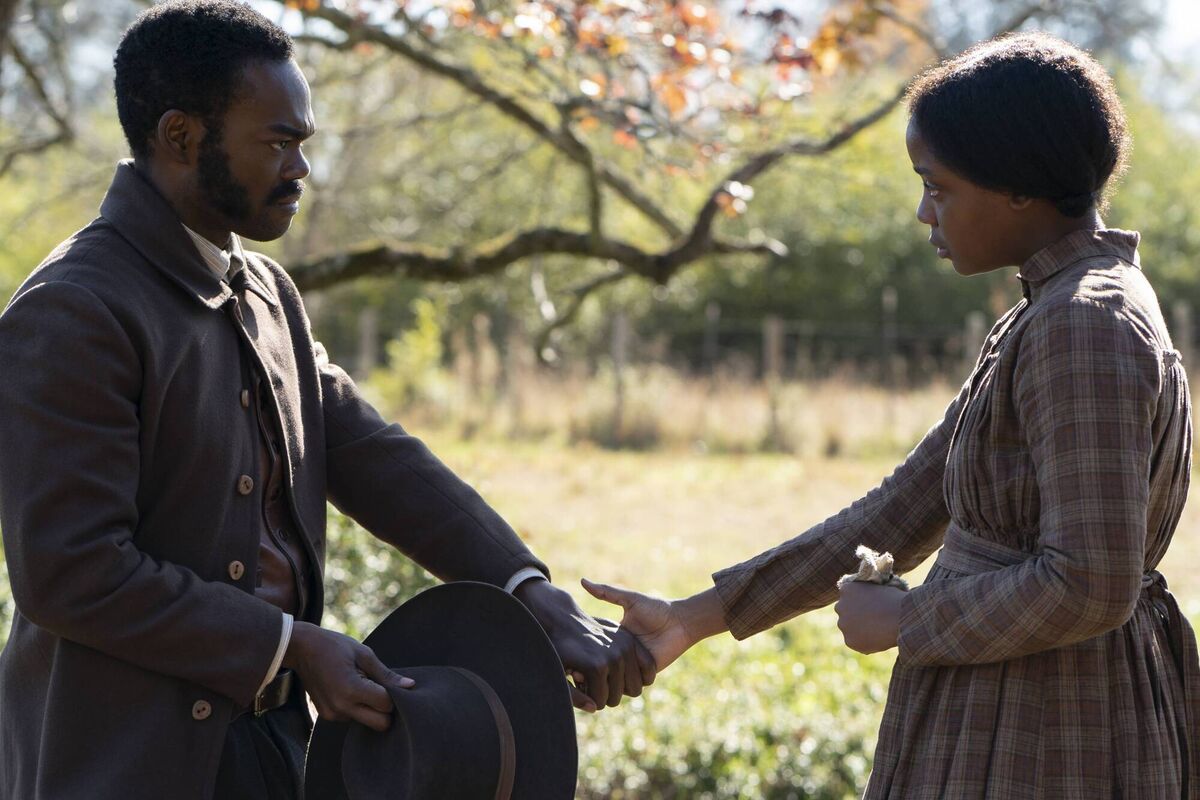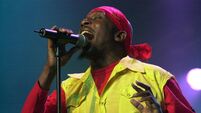TV Review: Violence, tension and brutal scenes in The Underground Railroad

Thuso Mbedu as Cora in The Underground Railroad.
(Amazon Prime) dares you to turn it off, half way through the first episode. I’d heard that the 10-part series about two escaped slaves in 19 th century America , based on the book by Colson Whitehead, ha d some brutal scenes. But I wasn’t ready for the drawn out murder of a re-captured escapee on the lawn of the big house.
There had already been a public whipping of a young woman and small boy for a tiny moment of resistance. That was awful, but familiar — the kind of scene we’re used to down the years in everything from to . I won’t go into the details of the murder on the lawn that comes after that, because I think you’re supposed to experience the horror as it unfolds.

I was on the verge of turning it off after 30 minutes. There was too much violence and tension, with hardly any narrative. My wife, who has read the novel, said the violence is spread out across the book, without dominating it. Here on screen, it felt like the producer and director, Barry Jenkins, had just jammed in a load of torture porn at the start to engage a certain kind of audience. I didn’t feel like part of that audience. The only reason I didn’t turn it off is because my wife has a higher tolerance for torture on telly and she wanted to stay watching.
At this point the violence stops and the story kicks in. We’re following Cora and Caesar as they make their run for freedom. It’s edge-of-the-seat, dry mouth stuff now that we know the price they’ll pay if they get caught. My wife has read the book and said she still felt the tension as they ran across an open field towards the guy who would put them on the road to freedom.

This guy is one of the people behind the underground railroad in the title. In the TV show Jenkins portrays it as an actual underground railroad, spiriting escaped slaves to northern states where they would be safe from vicious owners. In fact, it was a network of white and black people who would hide and transport escapees to their freedom.
The fact that Jenkins chose to portray it as a subway illustrates that this is no ordinary TV show. He doesn’t want you to just know what it was like to be a slave in 19th century America — he wants you to feel it as well. Sit through the first episode of and you’re offered a visceral glimpse of what it was like to be an African slave in the United States.
Writing about it now a few hours later, I feel like I have a much better understanding of everything from Black Lives Matter to the sour darkness that drives Donald Trump and his racist apologists. That’s why you have to sit there and take it during the opening half hour of the first episode. Because they had to take it as well, for a long time.








